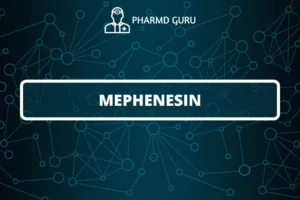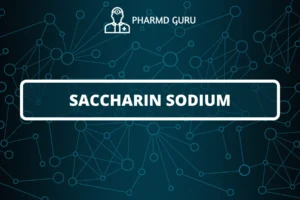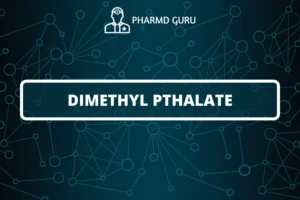SODIUM LAURYL SULPHATE: Sodium lauryl sulfate (SLS) is a common surfactant and detergent used in many personal care and cleaning products. Here’s some information on sodium lauryl sulfate, including its properties, preparation, test for purity, assay, and potential uses:
SCROLL DOWN TO THE BOTTOM OF THIS PAGE FOR ACTUAL NOTES.
Properties of Sodium Lauryl Sulfate:
Sodium lauryl sulfate is an anionic surfactant with the chemical formula C12H25NaO4S. It is a white or off-white powder or solid that is highly soluble in water. It has the ability to lower the surface tension of liquids, allowing them to spread more easily and effectively.
Preparation of Sodium Lauryl Sulfate:
Sodium lauryl sulfate can be prepared through the reaction between lauryl alcohol and sulfuric acid, followed by neutralization with sodium hydroxide. The process involves sulfonation of lauryl alcohol to form sodium lauryl sulfate as the sodium salt of the sulfuric acid ester.
Test for Purity of Sodium Lauryl Sulfate:
Several tests can be conducted to assess the purity of sodium lauryl sulfate, including the following:
- High-performance liquid chromatography (HPLC): HPLC analysis can be used to determine the impurity profile and quantify any impurities present in the sodium lauryl sulfate sample. It separates the individual components of the mixture and provides information on their relative quantities.
- Titration: Titration can be used to determine the active ingredient content of sodium lauryl sulfate by using a suitable titrant, such as a standardized solution of cetyltrimethylammonium bromide (CTAB). The titration endpoint is typically indicated by a color change or the use of an indicator.
Potential Uses of Sodium Lauryl Sulfate:
Sodium lauryl sulfate has various applications in different industries, including:
- Personal care products: Sodium lauryl sulfate is commonly used in shampoos, soaps, toothpaste, and other personal care products as a foaming agent and surfactant. It helps to create lather, remove dirt and oil, and enhance the cleansing properties of these products.
- Cleaning products: Sodium lauryl sulfate is used in household cleaning products, such as laundry detergents, dishwashing liquids, and surface cleaners. It helps to remove stains, grease, and dirt from various surfaces.
- Industrial applications: Sodium lauryl sulfate is also utilized in various industrial processes, such as emulsion polymerization, textile processing, and as a wetting agent or dispersant in agricultural products.
ACTUAL NOTES:
PATH: PHARMD/PHARMD NOTES/ PHARMD FIRST YEAR NOTES/ ORGANIC CHEMISTRY/ PHARMACEUTICAL ORGANIC CHEMISTRY/ SODIUM LAURYL SULPHATE.




